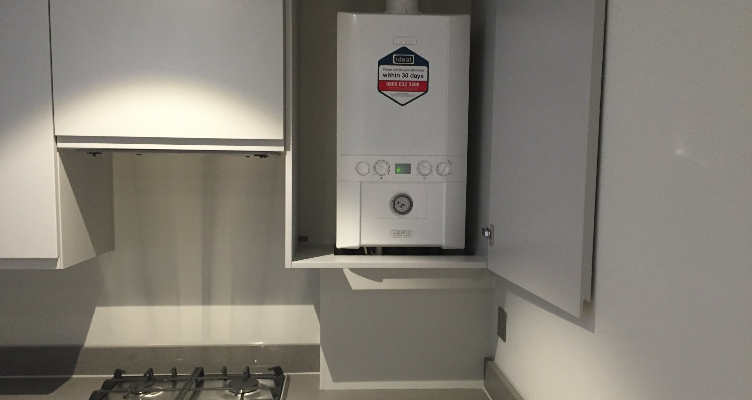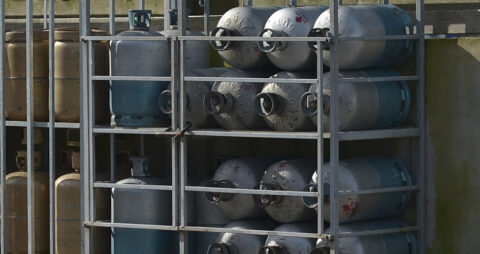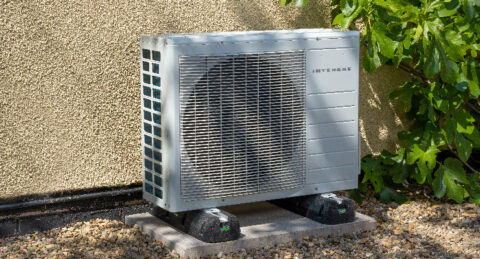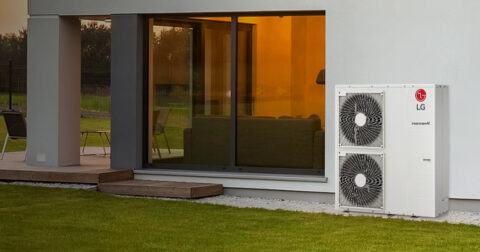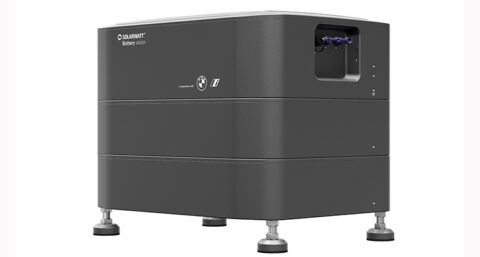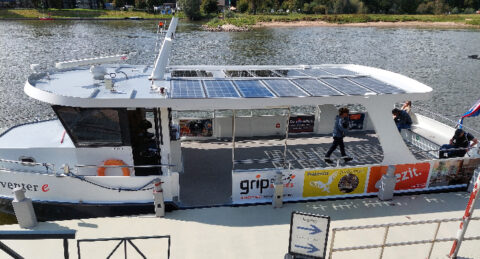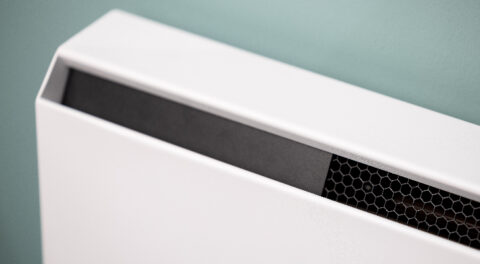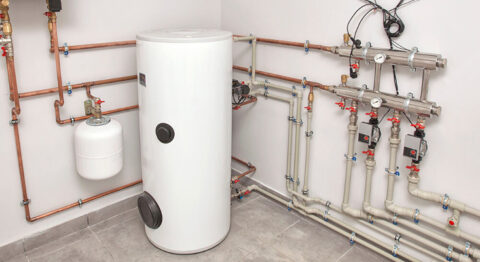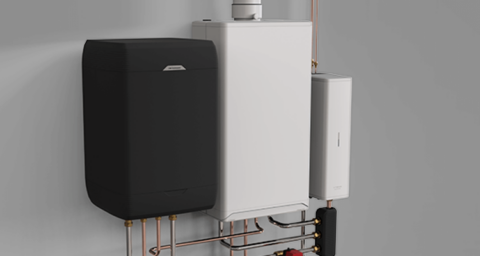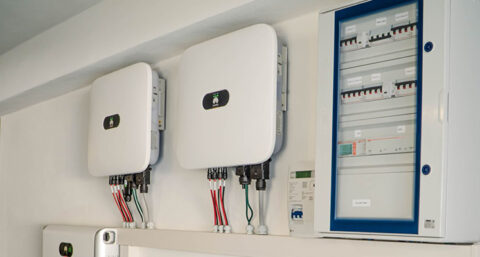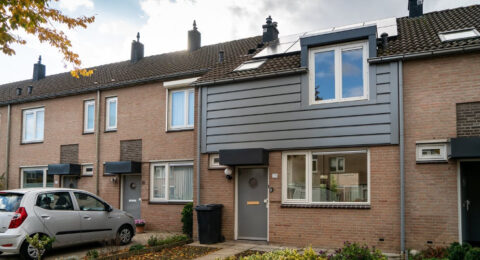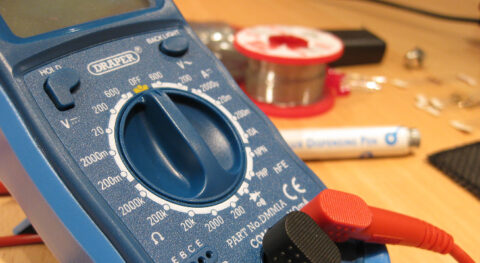Gasless heating is increasingly the norm. Many heat pumps - depending on type and capacity - can provide hot water for heating and for use in the kitchen and bathroom. But the combination of a small heat pump for heating and a separate device for hot tap water is also increasing. Electric water heaters come in three varieties; in addition, a flow-through heater is an option.
Boilers
A water heater has a storage tank in which the water is always kept at the set temperature. The larger the tank, the longer it takes for the water to reach temperature.
A kitchen water heater - also called a close-in water heater - is good for a limited amount of hot water. Its capacity is usually ten or fifteen liters, and such a device is meant to be placed in a kitchen cabinet.
A wall-mounted water heater is a lot larger, ranging from thirty to one hundred liters. A single or two-person household may be able to get by with a thirty-liter water heater. A family with two or more children who also bathe, a one-hundred-liter water heater is recommended.
Set the temperature of a kitchen or wall-mounted water heater to at least 60˚C to prevent Legionella.
Also booming is the kitchen faucet that produces boiling water. This includes a boiling water boiler, in which the water is always kept at 110 degrees Celsius. Such a type of boiler consumes 2200 watts and must be connected to a separate electrical group.
Heating Element
Also called an electric geyser, a flow-through heater has no storage tank. This saves a lot of space. It also saves in energy because there is no need to keep a water supply at temperature. Only when hot water is requested does the unit turn on. The cold water then flows past an electric heating element that rapidly transfers its heat to the water. In principle, a flow-through heater can heat an unlimited amount of water. A instantaneous water heater with a small output (up to 10 kilowatts) is sufficient for the kitchen, garage or utility room. For heating shower or bath water, a capacity of 24 kilowatts is more appropriate.
Boiler or instantaneous water heater installation
Note that the water heater is already filled with water at the time you connect it to the mains. When the water heats up, a little bit of water may flow from the relief opening of the inlet combination into the funnel. This is because water expands a little when heating, so this is quite normal.
A water heater usually has an output of 1500 - 2000 watts, with a flow-through heater it is considerably more: up to 24 kilowatts. To install a instantaneous water heater it is
It is therefore particularly important that everything is properly regulated in the meter box. An old connection of 1x35A requires an adjustment anyway. In homes built after 1990 there is usually a 3-phase 3x25A connection. Then look at the distribution. If, for example, an electric stove or underfloor heating is already connected, a priority switch in the meter cupboard makes it possible to connect a instantaneous water heater. That switch then ensures that the power supply to the cooktop or underfloor heating is interrupted when the instantaneous flow heater is in operation.
